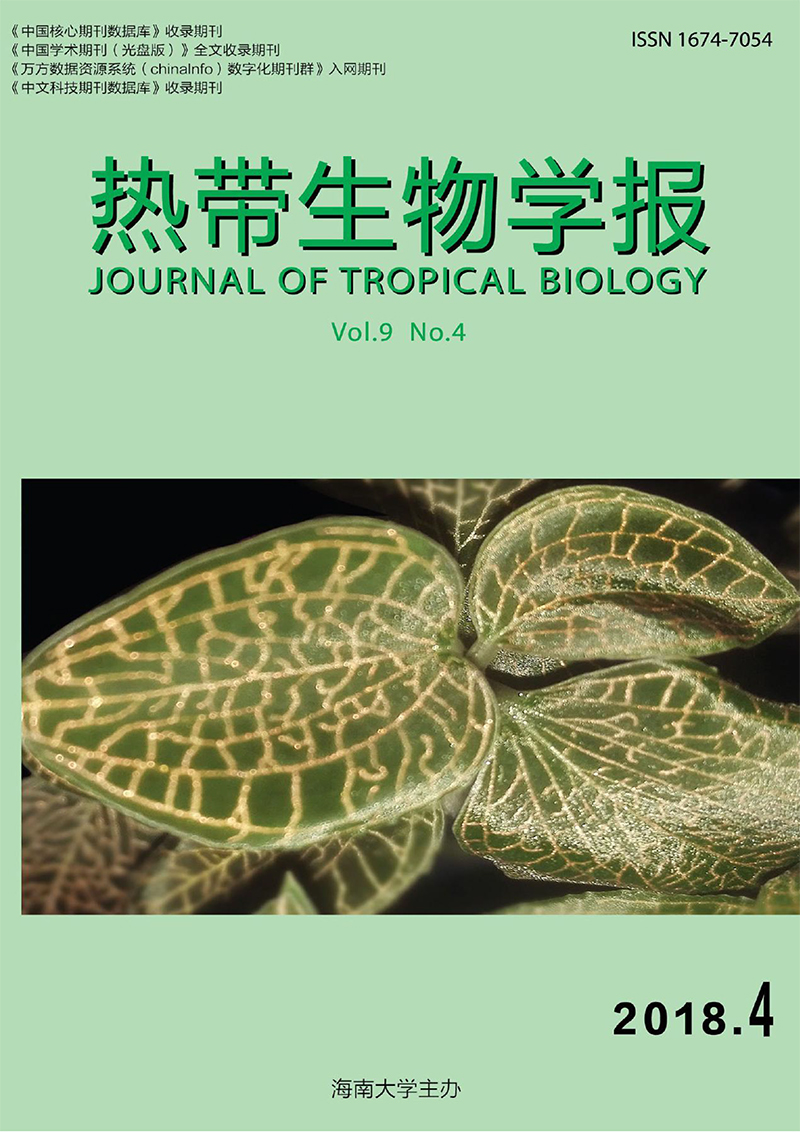Development of Net Cage-based Deep Sea Aquaculture and Catch Models for Trachinotus ovatus
doi: 10.15886/j.cnki.rdswxb.2018.04.001
- Received Date: 2017-06-21
- Rev Recd Date: 2017-11-05
-
Key words:
- Trachinotus ovatus /
- cage culture /
- catching method /
- survival rate /
- yield
Abstract: In order to achieve the goal of improving the survival rate to around 85% and the fish yield per cubic meter of water to 20 kg·m-3by increasing aquaculture density on the basis of traditional aquaculture model,two new aquaculture models for Trachinotus ovatus in deep sea cages were tried. The results showed that the survival rate and the yield per cubic meter of water were significantly affected by different experimental groups in the model of "One release of fingerlings and two batches of catches"( P < 0. 05). The experimental group 1 had the highest survival rate( 85. 82 ± 0. 95) %,while the experimental group 4 was lowest in survival rate( 83. 4 ± 0. 21) %.The experimental group 4 had the highest yield per cubic meter of water [21. 29 ± 0. 31( kg·m-3) ]while the experimental group 2 the lowest( 17. 95 ± 0. 49) kg·m-3. In this model,only the experimental group 3 met the experimental design objective when combined with catching,i. e. the size of marketable fish be in the range of 300-350 g in the first batch of catch. However,in the model of"One release of fingerlings and 3 batches of catches",the survival rate was not significantly different between different experimental groups( P > 0. 05). The experimental group 2 was the highest in survival rate( 85. 79 ± 0. 24) %,and the experimental group 4 the lowest( 84. 0 ± 0. 36) %. There was no significant difference in the yield per cubic meter of water between the experimental groups 2 and 4( P > 0. 05),and the same results were found among the experimental groups 1,3,5and 6. However,the experimental groups 2 and 4 were significantly higher in yield per cubic meter of water than the other experimental groups( P < 0. 05),and their yields per cubic meter of water were( 21. 34 ± 1. 17) and( 21. 64 ± 1. 18) kg·m-3,respectively. Moreover,in this model,the experimental groups 2 and 4 achieved the experimental design objectives when the size of marketable fish be 300-350 g in the first batch of catch with 40%-50% of the total catches,and 400-450 g in the second batch of catch with 50%-60% of the total catches.
| Citation: | LIN Chuan, HE Yonggu, WANG Xiaobing. Development of Net Cage-based Deep Sea Aquaculture and Catch Models for Trachinotus ovatus[J]. Journal of Tropical Biology, 2018, 9(4): 363-369. doi: 10.15886/j.cnki.rdswxb.2018.04.001 |






 DownLoad:
DownLoad: